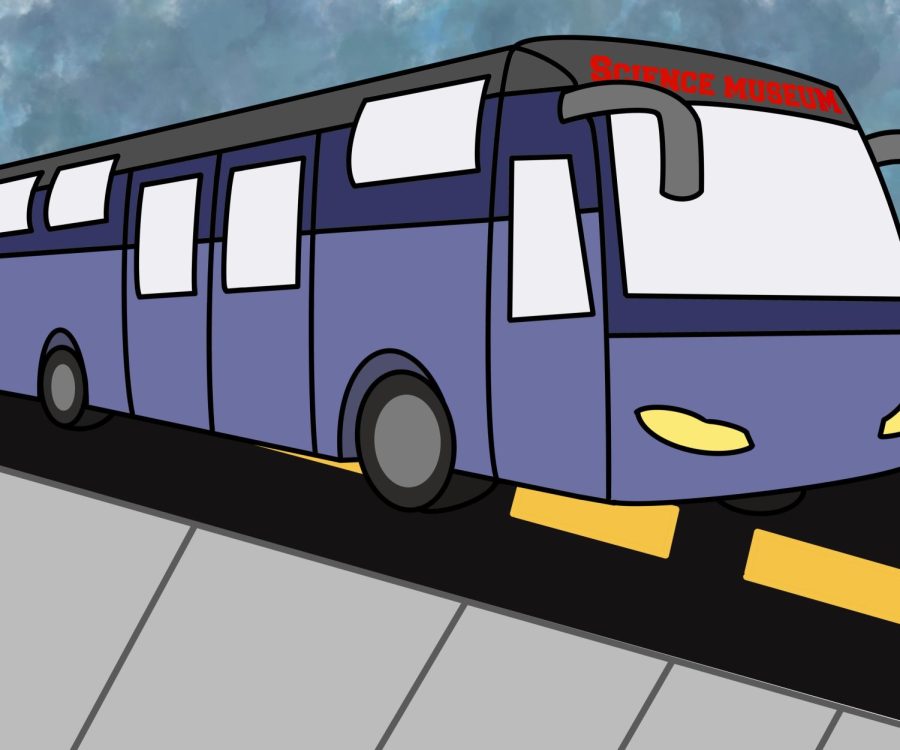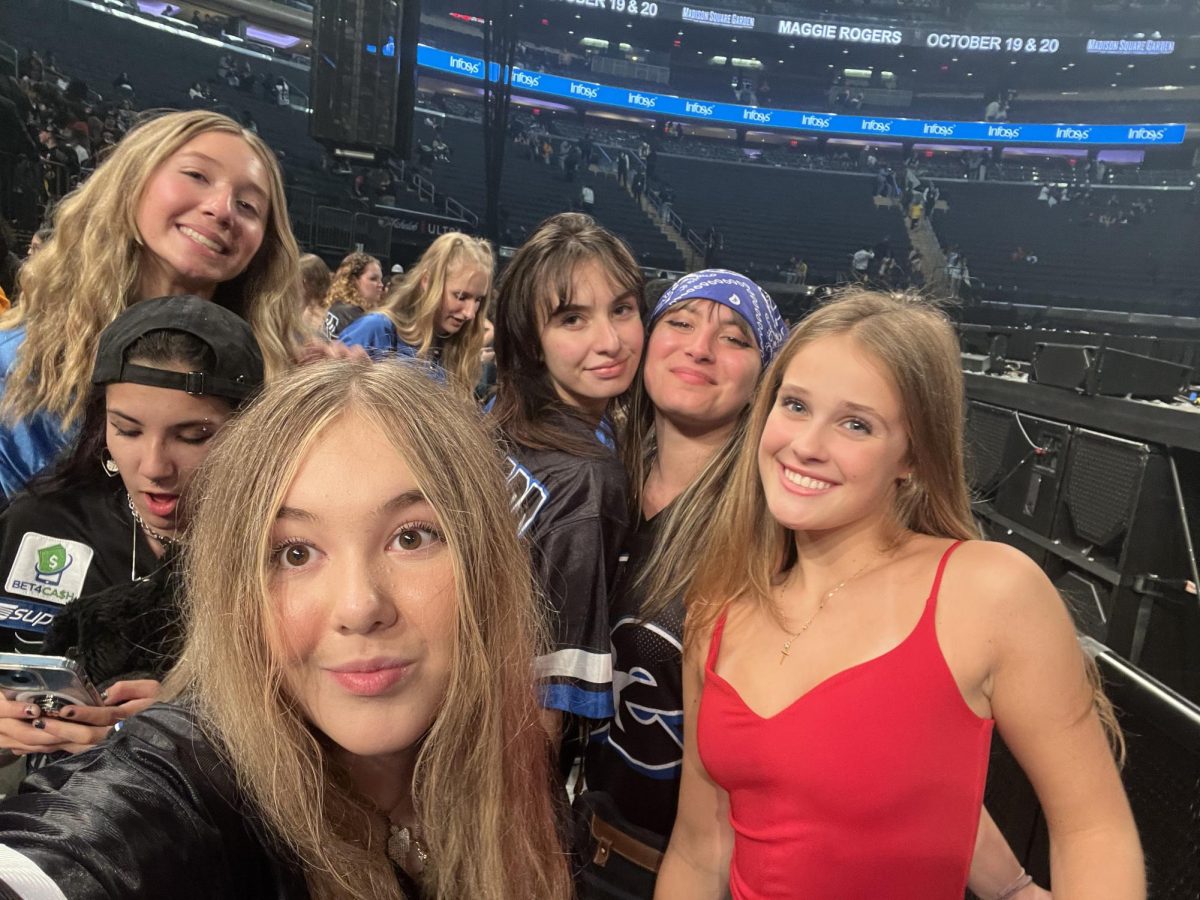[Opinion] High schools should have more field trips
Fields trips allow students to learn topics visually and using hands-on materials. There should be more field trips for high school students. Illustration by Madison Lenard
April 17, 2022
Throughout high school, it is important that students are exposed to various different learning approaches to better solidify their understanding. Field trips are a key factor that educators should consider adding into their learning approaches.
Field trips give students the opportunity to utilize their senses and experience hands-on learning outside of the normal classroom setting, making educational insight more enduring and memorable.
Examples of educational field trips include a science class going to a natural area, history classes going to museums where students can observe historical artifacts that may have been discussed during history class, or an English class going to see a movie that was adapted from a book. Acquiring education through these journeys can allow students to learn the information more thoroughly and remember it for longer.
Even today, many adults remember the field trips that they attended when they were students. According to a study conducted by professionals from Curator Journal, out of all students and adults that were surveyed, 96% remember their school field trips. This is widely due to the fact that field trips provide clearer concepts of material while combining entertainment with education.
In addition, a study conducted by New York University found that a student’s exposure to field trips can improve their end-of-grade test scores. With today’s society constantly changing, students’ learning styles are changing along with it. A majority of students find it more beneficial to learn visually, and field trips provide a perfect platform for this learning strategy. Visual learning can introduce students to different perspectives, helping to prepare them with future careers or life after graduation.
Field trips also boost student engagement; By allowing them to touch, listen and participate in what they are learning about, students can gain a better understanding about a topic.
Some of the most popular field trip sites include government agencies, local businesses, college tours, science labs, museums and parks.
A well-designed and organized field trip is what really brings everything together, allowing students to get the most out of the experience with arranged and organized schedules. It should not only lead to new learning but should contain well-planned follow up activities to help students to extend their learning.
Though they are very beneficial for students, field trips are not the first priority for some school districts. Many trips can be cost prohibitive for students and the school districts may feel that it is not worth the disruption and time. Despite this, the new skills and competence that students gain on a field trip is worth the trouble. All the same, this is an instance where virtual field trips would be another alternative.
There are numerous internet sites that offer these digital explorations. Examples are Amazon’s Fulfillment center tour, Discovery Education, Virtualfieldtrips.org, Freedom homeschooling, and kaixr.com. These trips offer a live guide which takes students through the experience of being on a regular field trip. At a low time preparation and expense rate, virtual field trips allow students to obtain most of the same factors as an in-person field trip. Though it is not the same, virtual field trips are a perfect alternative to physical field trips.
While field trips are essential for all students, they are most important for high school students. They allow students to engage while improving their observation skills with captivating activities. Being that highschool is a time for teenagers to learn valuable life-altering skills from professionals and companies, these trips are very necessary.













